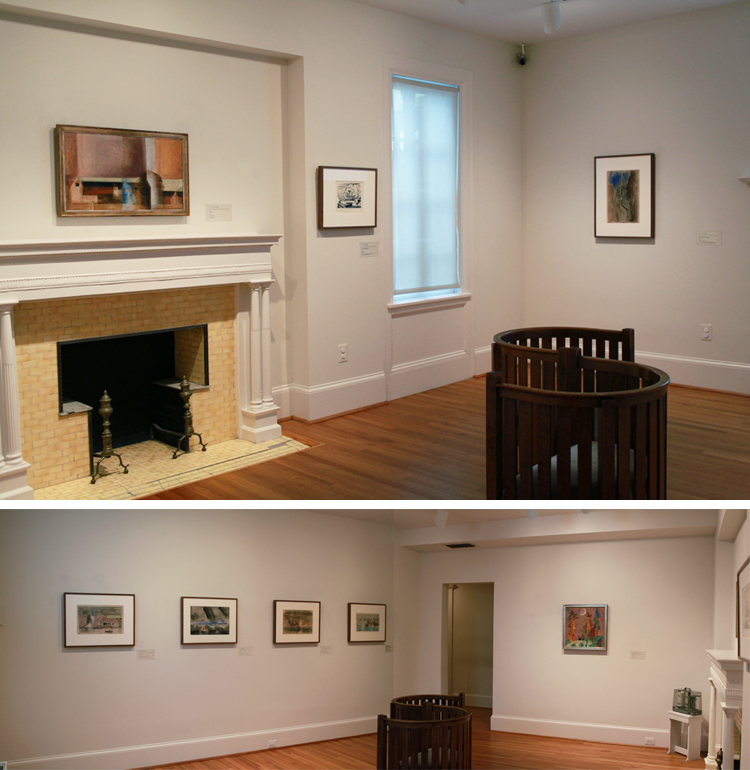Three years ago, the Phillips Collection received four watercolors by the German-American painter, printmaker, and illustrator Lyonel Feininger. The works came to the Phillips as part of a promised gift pledge made by Dr. Bernhard and Marlene Witkop in 2005. They entered the museum’s collection after Dr. Witkop’s death at the age of 93 in 2010: Perfume and Sweet Candy, 1948; Blasiuskirche Nordhausen, 1932; Steamers with Smoke Banner, 1951; and Schiffe, 1943.
Dr. Witkop was a German-born organic chemist who had worked at the National Institutes of Health for more than 35 years. The Witkop’s Feiningers joined three Feiningers purchased by Duncan Phillips in the 1940s: Village, 1927; Spook I, 1940; and Waterfront, 1942. In 2012 a beautiful woodcut, Cruising Sailing Ships II, 1919, was added through a gift from Gail and John Thomason in memory of Ritalou and Robert O. Harris.
Duncan Phillips often strived to have “units” of works by a single artists, and the museum’s newly formed unit of eight Feininger works are now on view in the Phillips House.
Lyonel Charles Feininger (1871–1956) was born in New York City as the son of German-American violinist and composer Karl Feininger and American singer Elizabeth Feininger. In 1887, at the age of 16, he traveled to Germany to study art and remained there, working as an artist, art teacher, and caricaturist until 1937, when the Nazis declared his works to be “degenerate,” forcing him to return to New York.
In 1938 Feininger was asked to design two murals for the exterior of the Marine Transportation Building at the New York’s World’s Fair. It was his first opportunity to make his work known to a broader public in the United States. Feininger had been fascinated by ships as early as the 1880s when he would draw boats on the Hudson River, and later in Europe during visits to the Baltic Sea. Several of the water colors in the Phillips’s collection are a testament to Feininger’s lifelong attraction to nautical themes.

